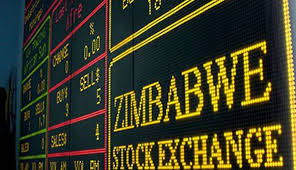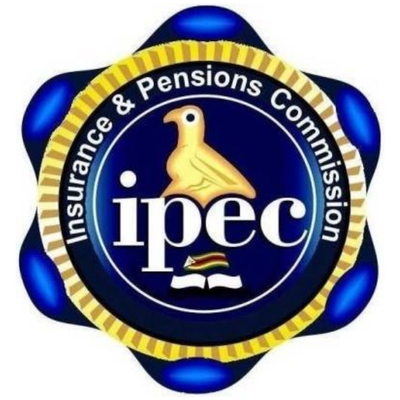Green Fuel to feed excess 10MW into national grid
Zimbabwe’s largest ethanol producer, Green Fuel, is in discussions with authorities to feed excess power into the national grid from its 18MW bagasse plant in Chisumbanje.
At present, the firm is using between 6MW and 8MW to run its operations at the ethanol plant in the Lowveld.
The country is at the moment experiencing electricity shortages and the Government since 2010 has given Independent Power Producers (IPPs) including private companies the nod to set up their own electricity generation plants to ensure uninterrupted electricity supply.
And where excess electricity is produced, it is fed into the national grid to support Zimbabwe’s energy requirements, which presently stands at 2 200MW, but the country was presently generating an averaging 1 300MW.
In an interview after a tour of Green Fuel’s sugarcane plantations and the ethanol production plant in Chisumbanje by Energy and Power Development Minister Zhemu Soda last week, the firm’s managing director Conrad Rautenbach said:
“On the electricity side, we have got 18MW installed capacity and we use between 6MW and 8MW internally and then we have got the capacity to export the rest to the national grid. We are not exporting (the power into the national grid) at the moment.
“But we have engaged Zesa through ZETDC (Zimbabwe Electricity Transmission and Distribution Company) as well as Zera (Zimbabwe Energy Regulatory Authority) so that we feed excess power into the national grid.”
In a separate interview, Zera chief executive Edington Mazambani, said Green Fuel and ZETDC were yet to agree on the power pricing structure.
“Green Fuel and ZETDC have not agreed on the pricing structure and this is something that they are working on.
‘‘Until they agree on power pricing structure, electricity from their plant will not be fed into the national grid.
“So far, there is no standard power purchasing agreement and it is something that we are working on as the energy regulator.
“The power tariff structure for IPPs differ based on the technology used by the IPPs, capacity to supply into the national grid and also the distance from the evacuation point to the national grid,” he said.
Zera has since 2010 licensed over 100 IPPs with only a handful operating feeding a paltry 135MW into the national grid.
The Government has mandated IPPs to generate 2000MW by 2030 as part of Government’s grand vision of Zimbabwe attaining an upper middle income economy status where electricity among other services, should be available and accessible to the generality of the citizens.
However, some of the licenced IPP projects have failed to take off largely due to funding gaps among other reasons.
In a separate interview, Minister Soda said he was impressed with the operations at Green Fuel.
“The tour has been very impressive, we started off with the pump station where we were shown the technology that is being used to supply water to the growers who have been incorporated into the whole project by Green Fuel.
“We also noticed that Green Fuel has a capacity of producing about 18MW of electricity from their bagasse which is the stuff that is obtained after separation of the sugarcane.
“Going forward, we think there is need to enhance or expedite discussions with ZETDC where about 5MW can be availed for use by every other Zimbabwean in the country when it is fed into the grid and that is what we will be working on because we have seen the potential is there,” he said.
Meanwhile, ethanol production at Green Fuel presently ranges between 380 000 and 400 000 litres per day and the firm targets to ramp up output to 450 000 litres in a couple of weeks to meet the 20 percent maximum petrol blending level the Government aims.
At present, the blending ratio is at 15 percent.
As part of efforts to improve ethanol production in line with the envisaged Zimbabwe’s maximum blending, Green Fuel has also installed two by 6,5 million litres storage tanks.
An additional tank with a holding capacity of 6,5 million litres will be installed before the end of the year.
On the plantation side, a total of 12 000 hectares are under sugarcane while an additional 1 000ha are planned for development this year up from about 900ha added in 2021.-ebusinessweekly









